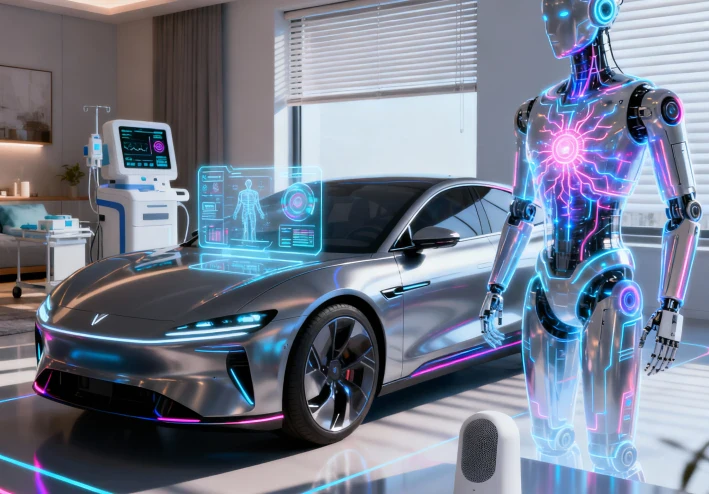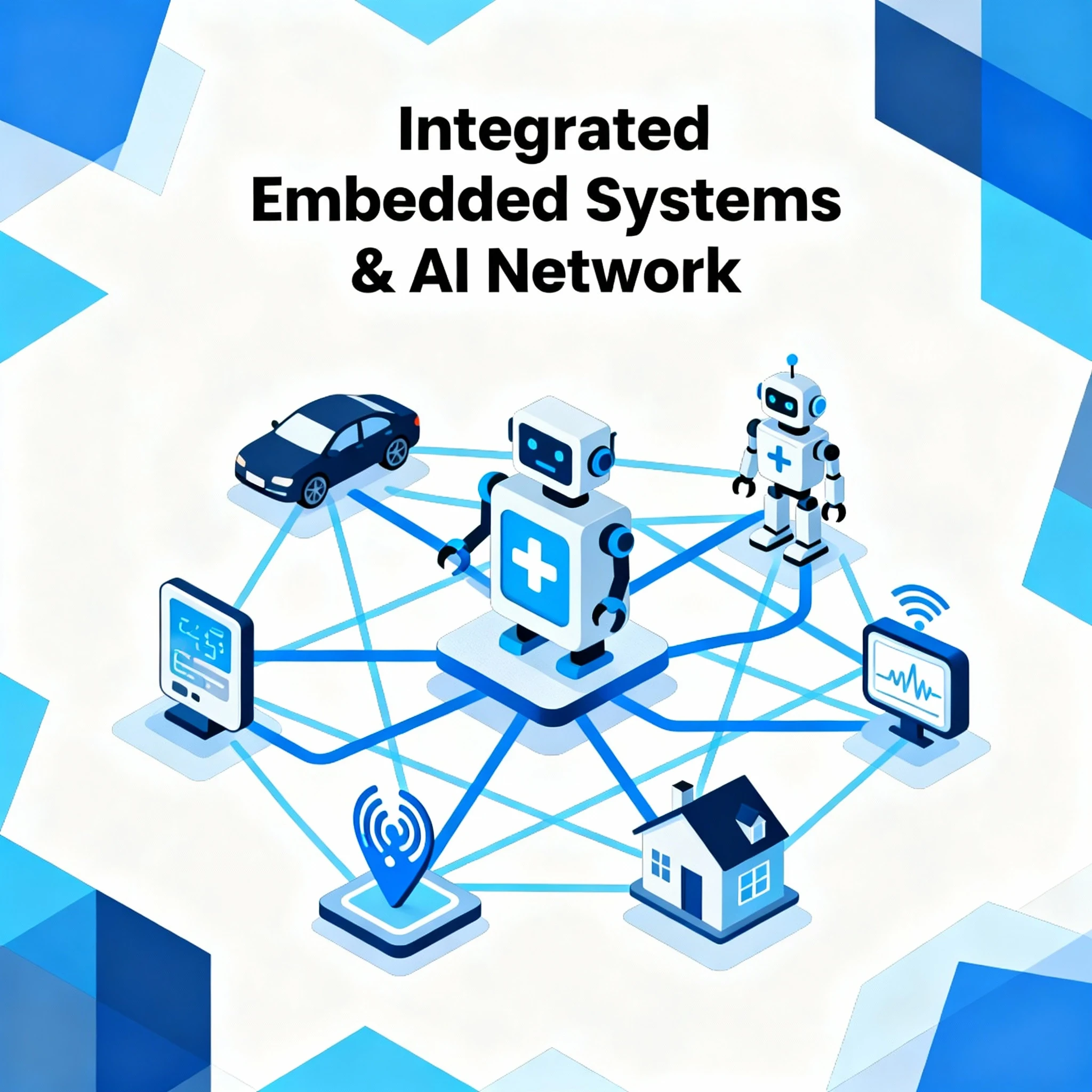
Smarter Devices: How AI is Transforming Embedded Systems
Embedded systems are specialized computing devices designed to perform dedicated functions within larger mechanical or electrical systems, and they play a vital role in many aspects of modern life, from cars and medical equipment to robots and smart homes. Artificial intelligence is making embedded systems smarter, enabling them to analyze data, learn from experience, and respond intelligently to real-world inputs—for example, through machine learning, computer vision, and natural language processing. Integrating AI and embedded systems brings distinct challenges, such as resource limitations, power consumption, and security, but the future points toward even greater impact in almost every industry, with more intelligent, autonomous, and responsive systems.

What Are Embedded Systems?
An embedded system is a microprocessor- or microcontroller-based computing device designed for a specific function within a larger product. Embedded systems blend hardware and software, often operating under real-time constraints, and can be found in everything from simple electronic toys to complex automotive control units. Unlike general-purpose computers, they are tightly optimized for efficiency, reliability, and dedicated tasks.
Everyday Applications
Embedded systems appear in many daily-use technologies:
Automotive: Engine control, anti-lock braking systems (ABS), airbag systems, in-car entertainment, and autonomous driving features.
Medical: Pacemakers, insulin pumps, diagnostic equipment, and wearable monitors.
Consumer electronics: Smartphones, smart TVs, washing machines, microwaves, and gaming consoles.
Smart homes: Thermostats, security systems, lighting control, and IoT devices.
Robotics and industrial automation: Assembly lines, drones, and robotic arms.
How AI Enhances Embedded Systems
Artificial intelligence technologies empower embedded systems with advanced capabilities:
Machine learning enables pattern recognition, predictive maintenance, and adaptive control in devices like smart cameras or industrial sensors.
Computer vision is implemented in systems such as autonomous vehicles, robots, and surveillance cameras, allowing them to interpret and react to visual information.
Natural language processing helps smart assistants and home devices understand and respond to spoken commands.
A practical example: modern vehicles use embedded AI to process sensor data, enabling functions such as lane-keeping, crash prediction, and driver monitoring. Medical wearables interpret complex health data using onboard AI, while smart home systems learn and adapt to user behaviors over time.
Challenges in Combining AI and Embedded Systems
There are major hurdles to integrating AI into embedded environments:
Resource limitations: Embedded systems have less memory, processing power, and storage compared to general-purpose computers, making it difficult to run large AI models.
Power consumption: Many embedded devices are battery-operated, so power efficiency is critical.
Security and privacy: Processing sensitive personal or business data on edge devices increases the need for robust cybersecurity.
Integration complexity: Updating legacy embedded devices for AI capabilities can be complex and costly.
The Future of Embedded AI
Looking ahead, embedded systems empowered by AI are set to revolutionize industries:
Advanced robotics and autonomous machines will become ubiquitous in manufacturing, logistics, and service sectors.
Medical devices will provide real-time health monitoring and predictive diagnostics outside clinical settings.
Connected infrastructure in smart cities will optimize energy, traffic, and public safety using distributed embedded intelligence.
Everyday electronics and home automation will offer tailored, adaptive, and safer user experiences.
Continuous advancements in hardware efficiency and artificial intelligence algorithms will push the boundaries of what embedded systems can achieve, shaping a future filled with smarter objects and environments




























